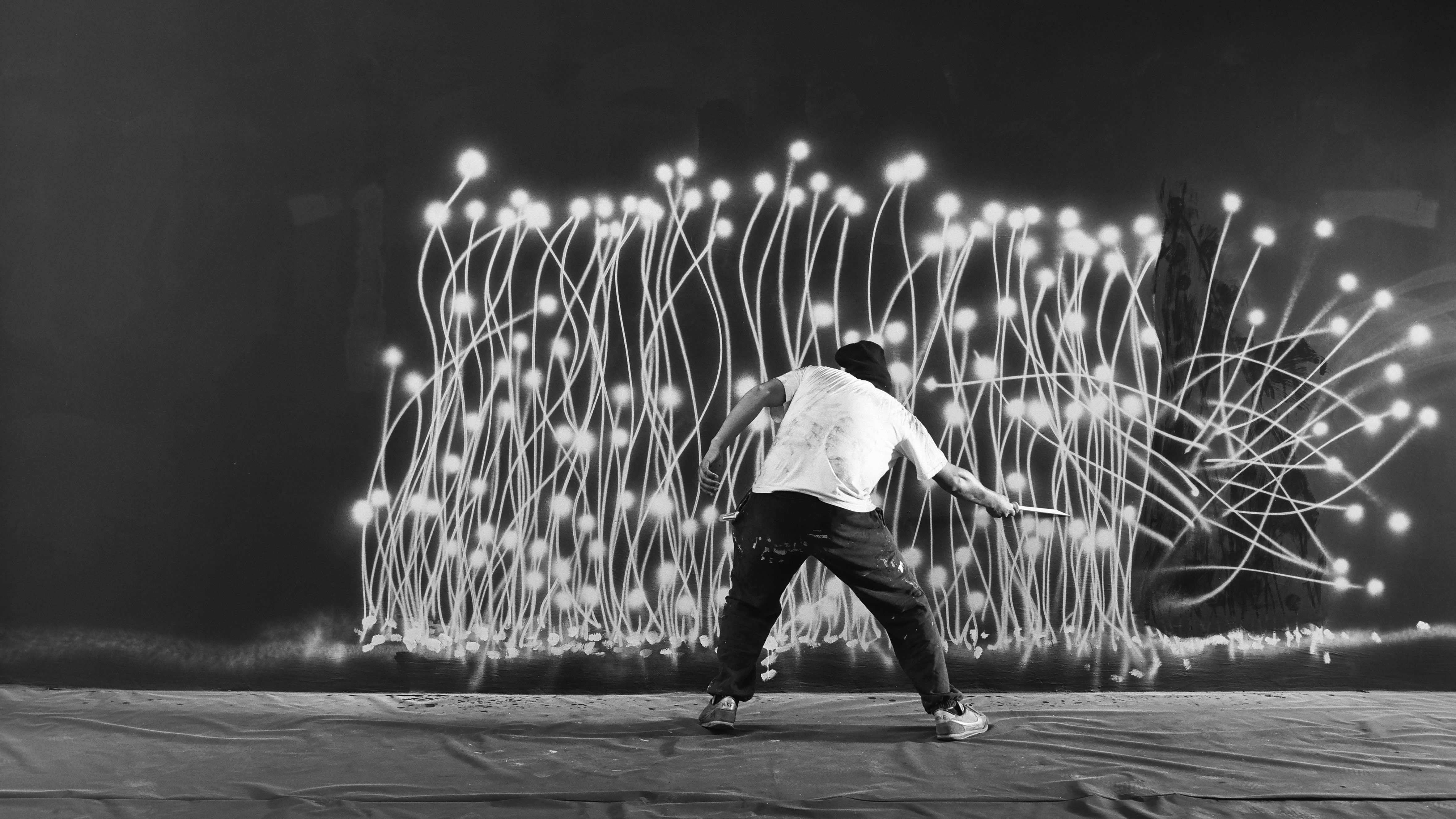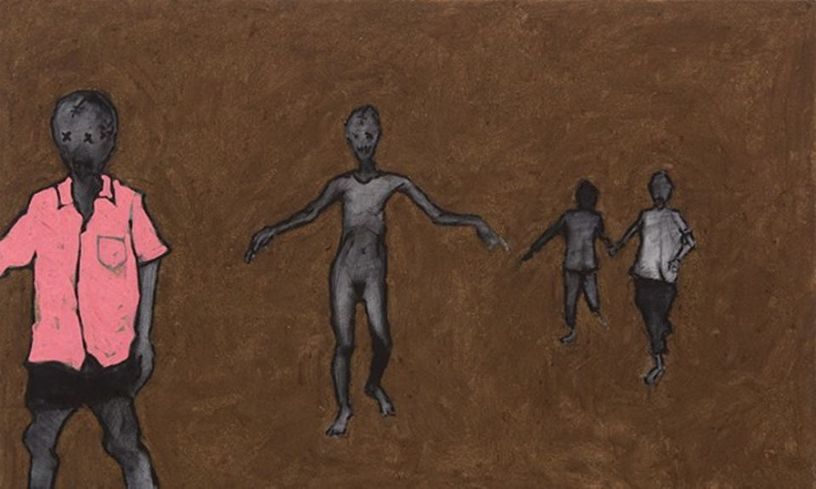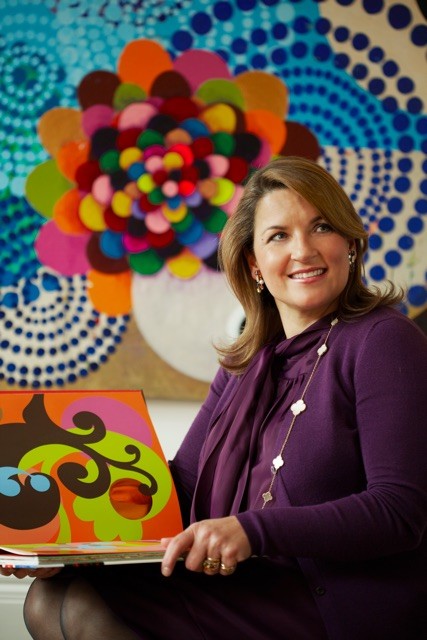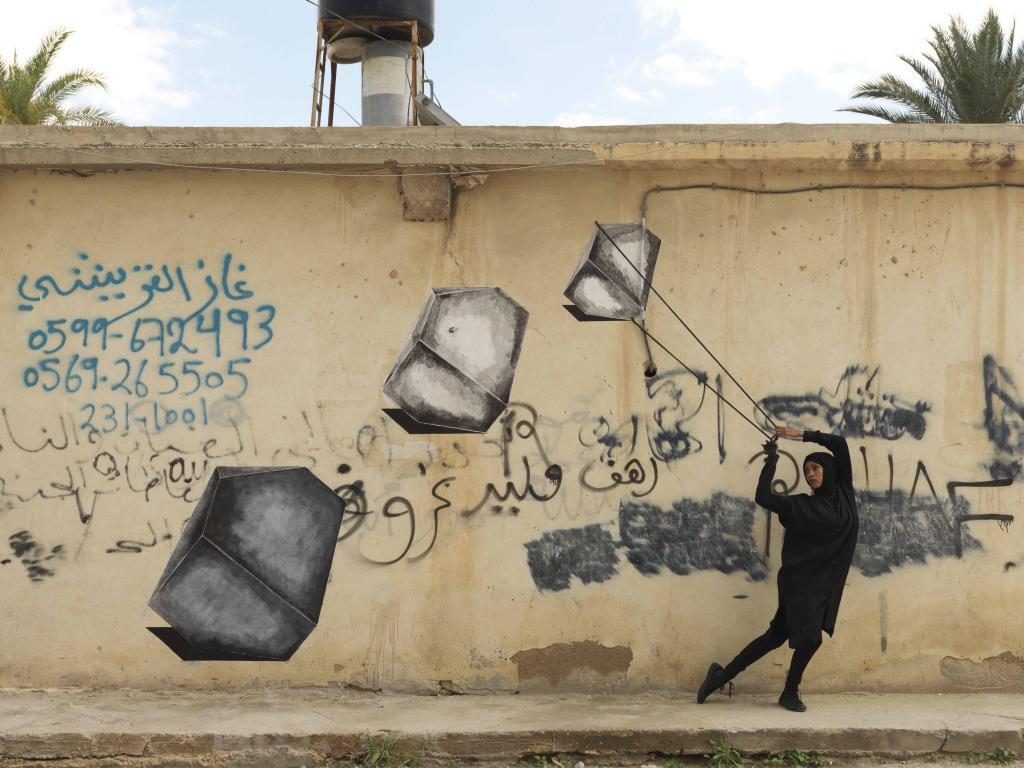Using Memory as a weapon
29/09/2019 - 09/02/2020Robin Rhode’s solo exhibition at the Kunstmuseum

A woman who tries with all her might to maneuver a huge polyhedron–taken from Albrecht Dürer’s Melencolia I (1514)—with the help of a slingshot; a girl wearing a hijab who jumps rope within a compositional homage to Keith Haring; a couple who fights under a white tree of life on a burnt wall and then reconciles: For the exhibition at the Kunstmuseum Wolfsburg, the South African artist Robin Rhode (b. 1976) literally ventures into new territory, namely into the historic city of Jericho in the middle of the Israeli-Palestinian conflict region. In March 2019, new works for his exhibition in Wolfsburg were created on old walls from the time of the Ottoman Empire which subtly address the history of Jericho, the three world religions practiced there, and the Middle East conflict.
In doing so, Robin Rhode remains true to the distinguishing feature of his multimedia oeuvre: the tension-filled combination of line, body and wall as image carrier. Step by step, he develops and animates the line through performative interaction with the body until it defines an abstract form or object. His trademark is a wall that stands in a socially disadvantaged district of Johannesburg, which he has used over the past eight years.


Born in Cape Town in 1976 and raised in Johannesburg, he first studied art at the Technikon Witwatersrand, now the University of Johannesburg, followed by a postgraduate program at the South Africa School of Film,
Television and Dramatic Arts in 2000. For him, the retrospective gaze is a result of his biography, since he has lived in Berlin since 2002.

Despite the spatial distance, the history of and current situation in South Africa continue to play a decisive role. For him, as well as for the poet and anti-apartheid activist Don Mattera (b.1935), from whose autobiography the exhibition title was appropriated, memory is a metaphorical weapon that helps him deal with his own hybrid identity. Robin Rhode’s works on view in the exhibition thus deal not only with obvious themes such as sports, music, design, geometry, color theory, and religion, but also with socio-political aspects, such as the history of the “Coloured communities” in South Africa, with which Robin Rhode is particularly preoccupied, not least of all because of his own family history. His visual language and content are a conceptual balancing act between South African history, culture, and mentality, as well as the signs and codes of these, and the visual vocabulary of European-American modernism.
The influence of urban music, film, popular sports, youth culture, and the local tradition of storytelling have all influenced the development of Robin Rhode’s initially typical Street Art aesthetic. Step by step, he photographically documents the development of narratives on his stone canvas, which in turn carries its own history.

Since 2002, Robin Rhode has lived in Berlin. In contrast to the colorful wall works that have been created in South Africa to date, in Germany he explores black and white approaches to drawing. Here, he draws not only with soap, charcoal, chalk, and paint, but everyday objects themselves, such as chairs, bicycles, and beds, become performative drawing instruments. The expressive drawings that he spontaneously develops during his energetic performances stand in contrast to the perfected illusionism and the intended lightness of his elaborate wall works. Robin Rhode reduces complex, at times socially critical or analytical content to a few visual signs or, as he puts it, simplifies chaos with the means of art.

After the exhibition at the Haus der Kunst in Munich in 2007, the presentation at the Kunstmuseum Wolfsburg is the first solo exhibition in Germany since twelve years. With more than 800 square meters of digital animations, photographic series, drawings, and sculptural elements, as well as performances, it offers a broad overview of Robin Rhode’s oeuvre, including new work groups, on which he is currently working. The exhibition will be accompanied by a richly illustrated catalog in German and English, including a preface by Andreas Beitin, an extensive interview with Robin Rhode and an introduction by Uta Ruhkamp.




